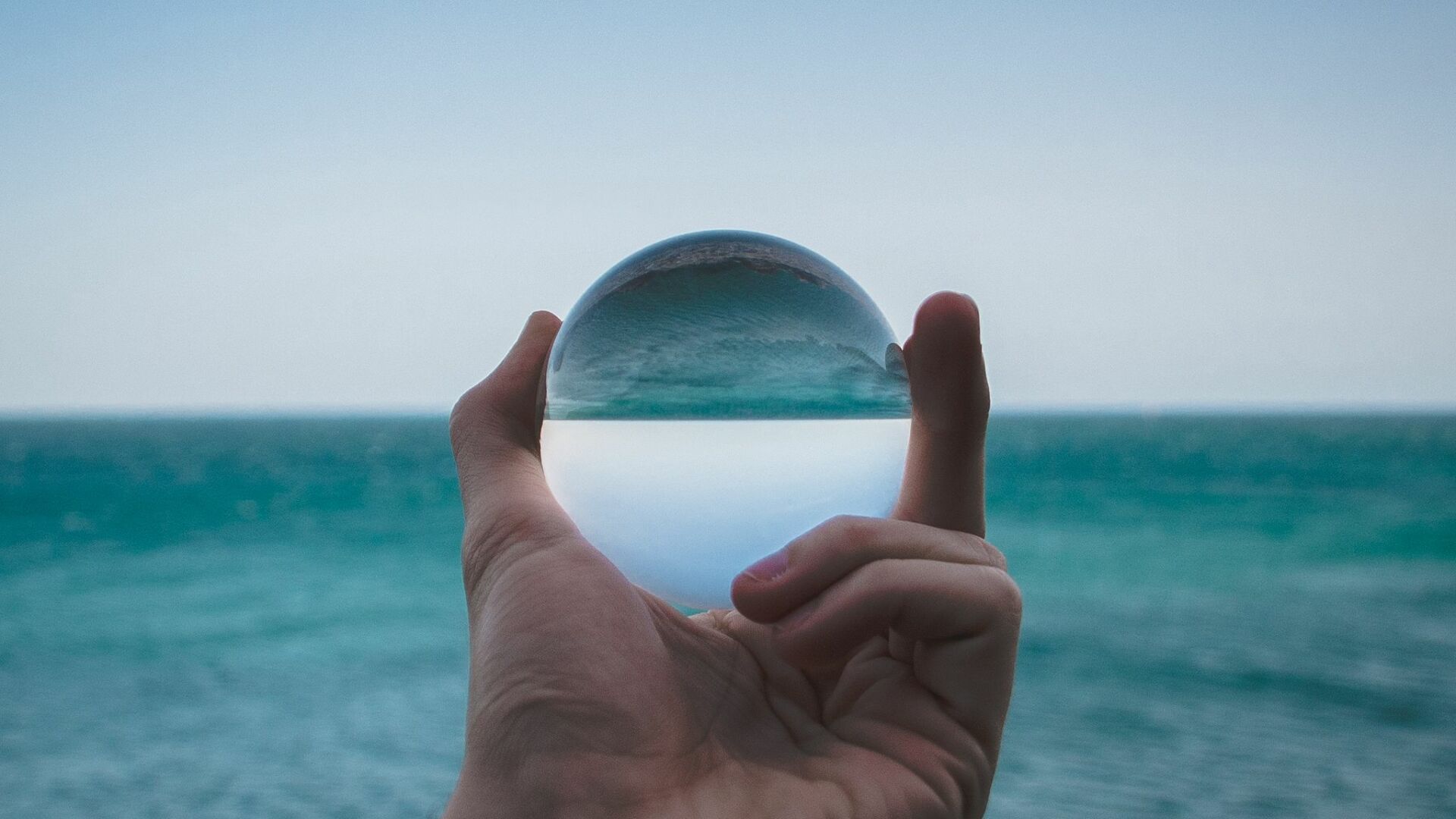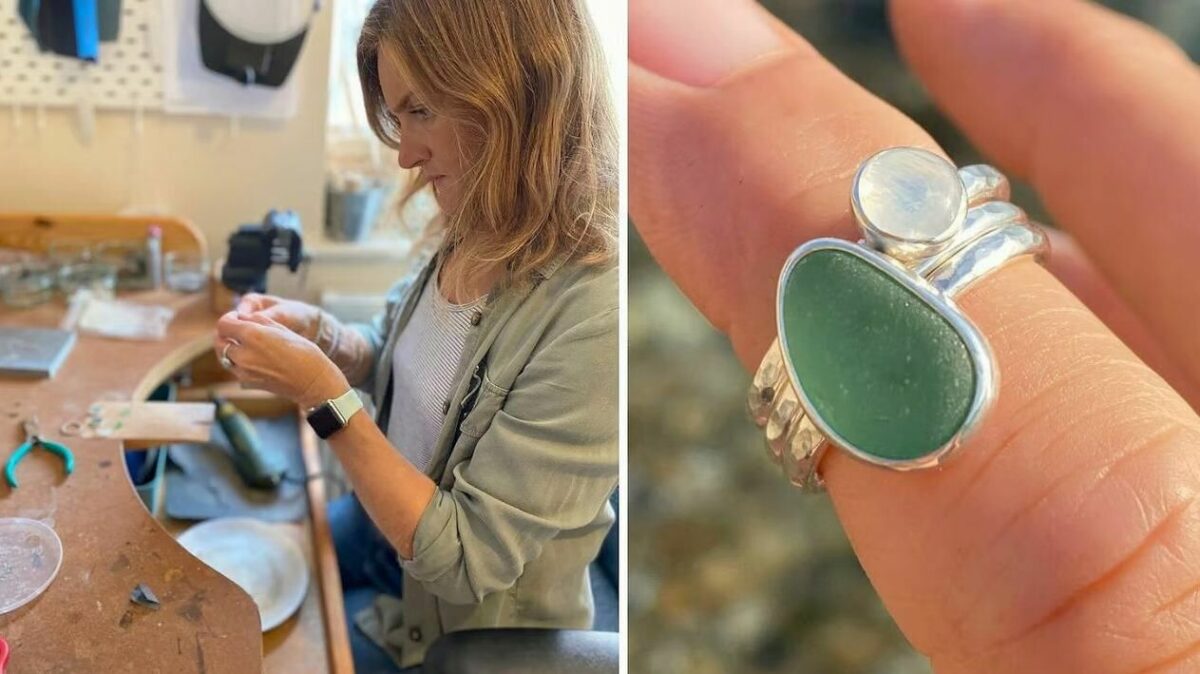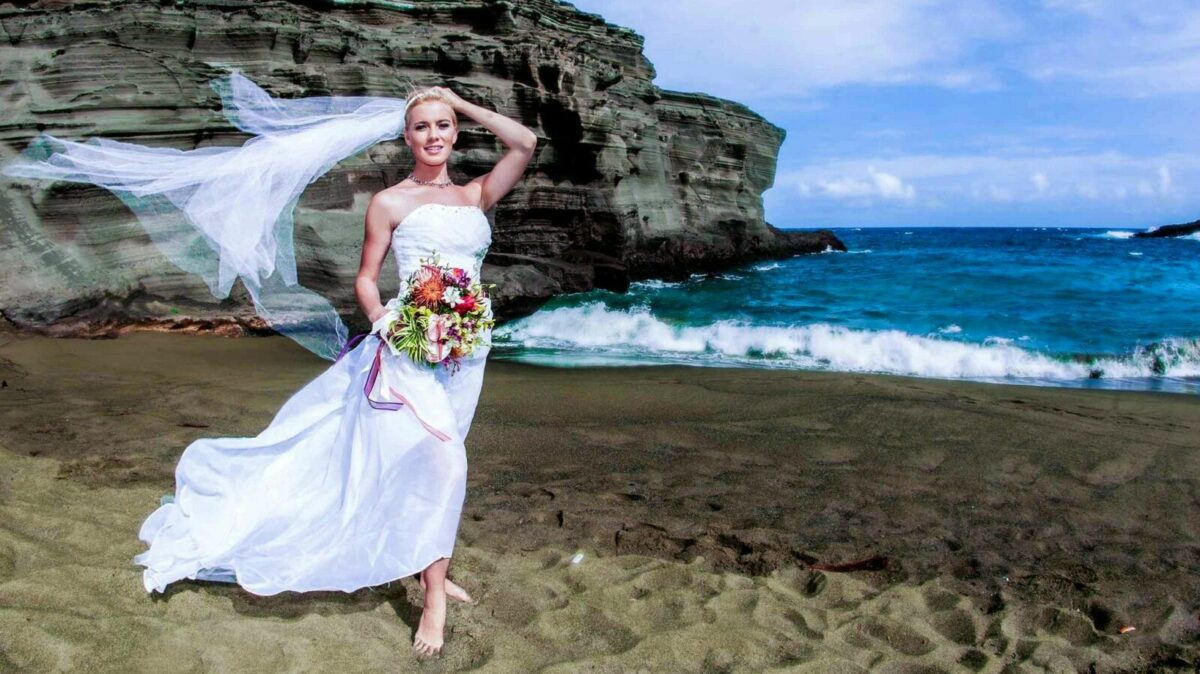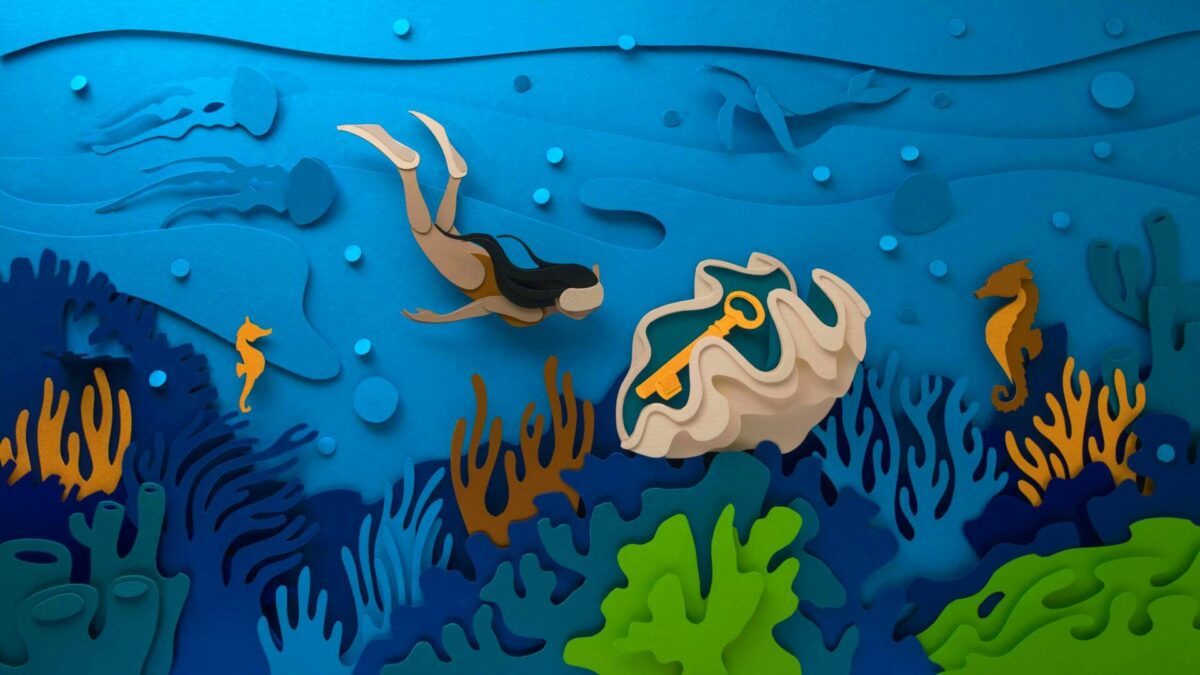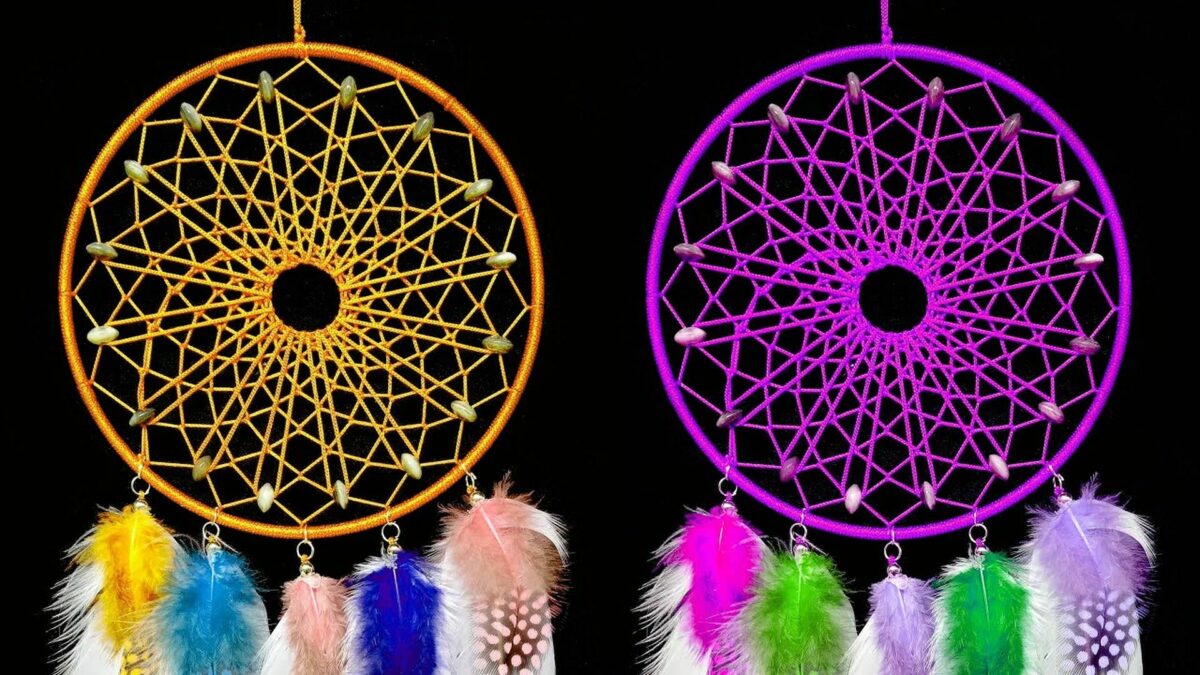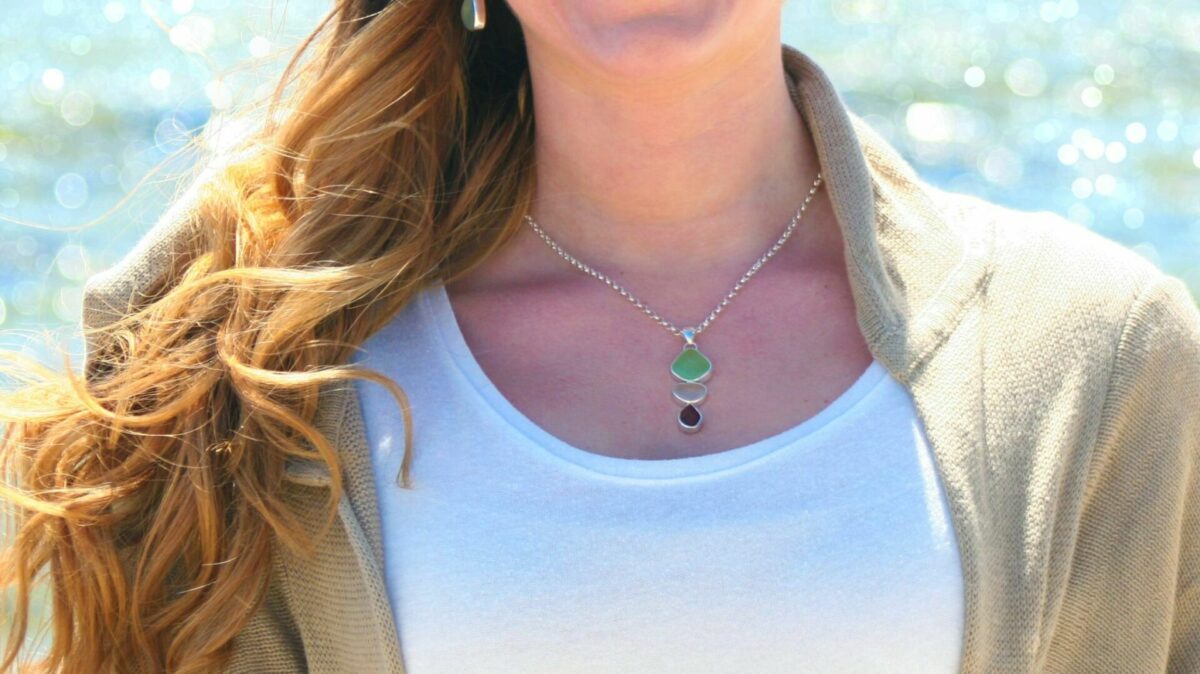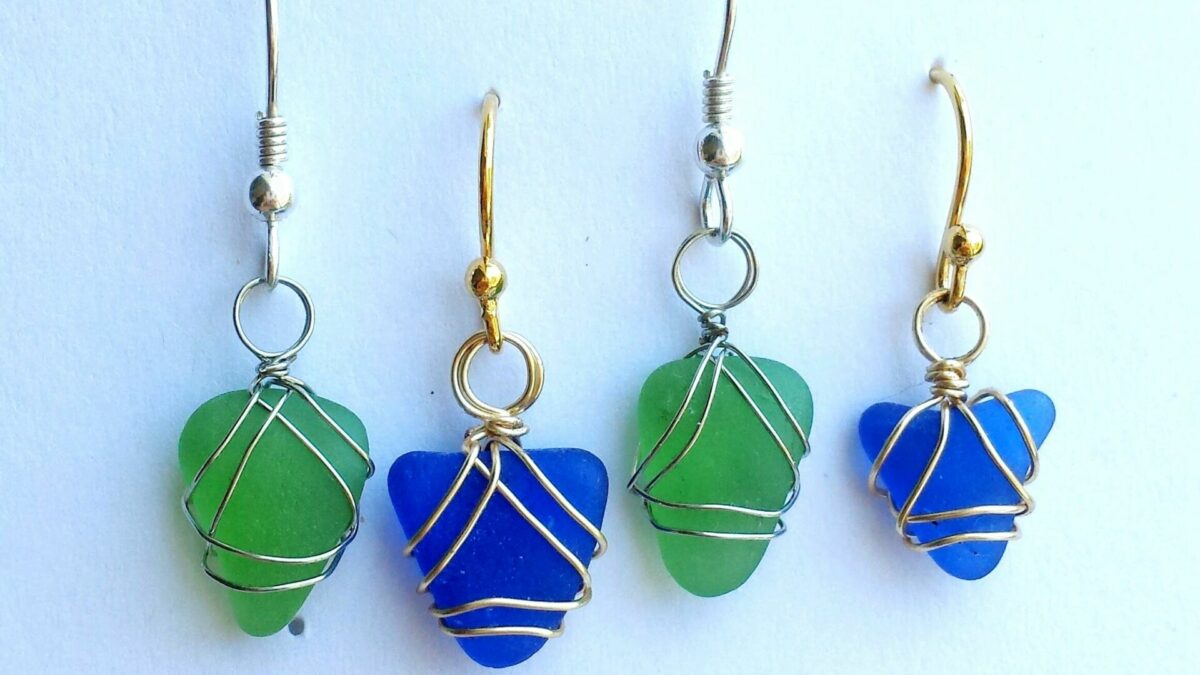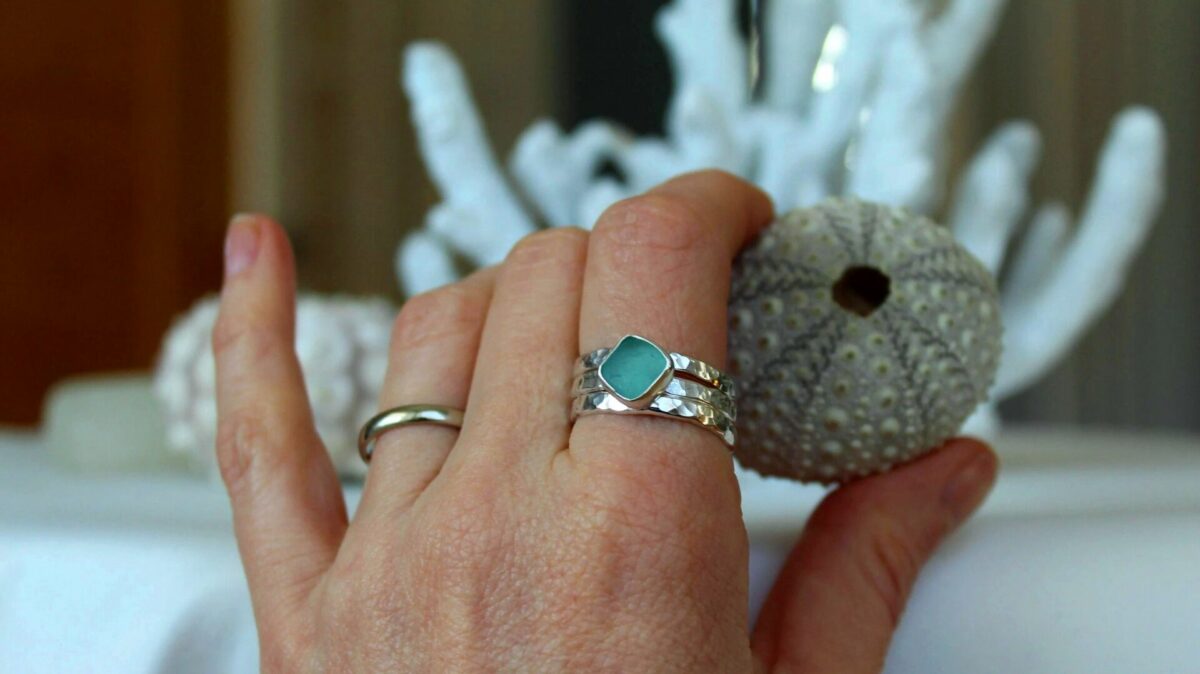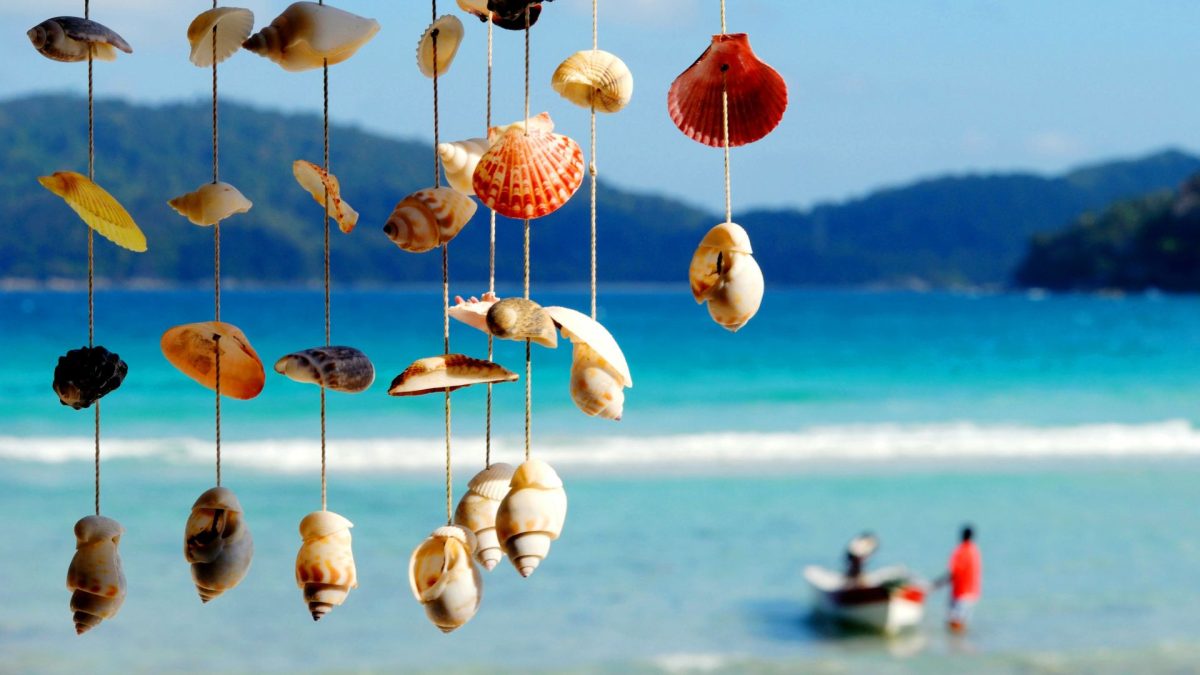Blog
Spotting the Real Deal: How to Tell Genuine Sea Glass from Fakes
Introduction: The Growing Popularity of Sea Glass and the Need to Spot Fakes
Sea glass has become increasingly popular in recent years, with many people collecting it as a hobby or using it for jewelry and home decor. However, with the rise in demand for sea glass, there has also been an increase in fake sea glass flooding the market. It is important to be able to spot fakes to ensure that you are getting the real deal. In this article, we will discuss the characteristics of genuine sea glass, common types of fake sea glass, and tips for spotting fakes.
Characteristics of Genuine Sea Glass: Color, Shape, Texture, and Rarity
Genuine sea glass is formed from broken glass that has been tumbled and smoothed by the ocean over time. The color of sea glass is determined by the original color of the glass and the amount of time it has spent in the ocean. The most common colors of sea glass are green, brown, and white, but rarer colors such as red, orange, and purple can also be found.
The shape of sea glass is also an important characteristic to consider. Genuine sea glass will have a smooth, rounded shape with no sharp edges. It may also have a frosted appearance due to the tumbling process. The texture of sea glass should be smooth to the touch, with no rough or jagged areas.
Rarity is another factor to consider when determining the authenticity of sea glass. Genuine sea glass is becoming increasingly rare as more people collect it, and certain colors and shapes are more valuable than others. For example, a piece of red sea glass is much rarer than a piece of green sea glass and therefore more valuable.
Common Types of Fake Sea Glass: Machine-Tumbled, Acid-Etched, and Resin-Coated
There are several types of fake sea glass that are commonly found in the market. Machine-tumbled sea glass is glass that has been tumbled in a machine to mimic the appearance of genuine sea glass. However, machine-tumbled sea glass will often have sharp edges and a uniform shape, which is a dead giveaway that it is not genuine.
Acid-etched sea glass is glass that has been treated with acid to create a frosted appearance. While this may look similar to genuine sea glass, acid-etched sea glass will often have a uniform texture and lack the natural variations in texture that are present in genuine sea glass.
Resin-coated sea glass is glass that has been coated in resin to create a smooth, shiny surface. This type of fake sea glass is often used in jewelry and can be difficult to spot as a fake. However, resin-coated sea glass will often have a uniform shape and lack the natural variations in shape that are present in genuine sea glass.
Tips for Spotting Fakes: Conducting a Light Test, Examining the Surface, and Checking for Imperfections
There are several tips and tricks that can be used to spot fake sea glass. One of the easiest ways to determine if sea glass is genuine is to conduct a light test. Hold the sea glass up to a light source and look for any air bubbles or imperfections in the glass. Genuine sea glass will often have small imperfections that are a result of the tumbling process, while fake sea glass will often be uniform and free of imperfections.
Examining the surface of the sea glass is another way to spot fakes. Genuine sea glass will have a frosted appearance due to the tumbling process, while fake sea glass may have a uniform texture or a shiny surface. Additionally, genuine sea glass will often have small scratches or chips on the surface, while fake sea glass will be free of imperfections.
Checking for imperfections is also important when determining the authenticity of sea glass. Genuine sea glass will often have small chips or cracks on the edges, while fake sea glass will have sharp edges and a uniform shape. Additionally, genuine sea glass will often have a natural variation in shape and size, while fake sea glass will be uniform in shape and size.
Conclusion
In conclusion, spotting the real deal when it comes to sea glass is important to ensure that you are getting a genuine piece. Characteristics such as color, shape, texture, and rarity are all important factors to consider when determining the authenticity of sea glass. Additionally, common types of fake sea glass such as machine-tumbled, acid-etched, and resin-coated can be spotted by conducting a light test, examining the surface, and checking for imperfections. By following these tips and tricks, you can ensure that you are getting the real deal when it comes to sea glass.

